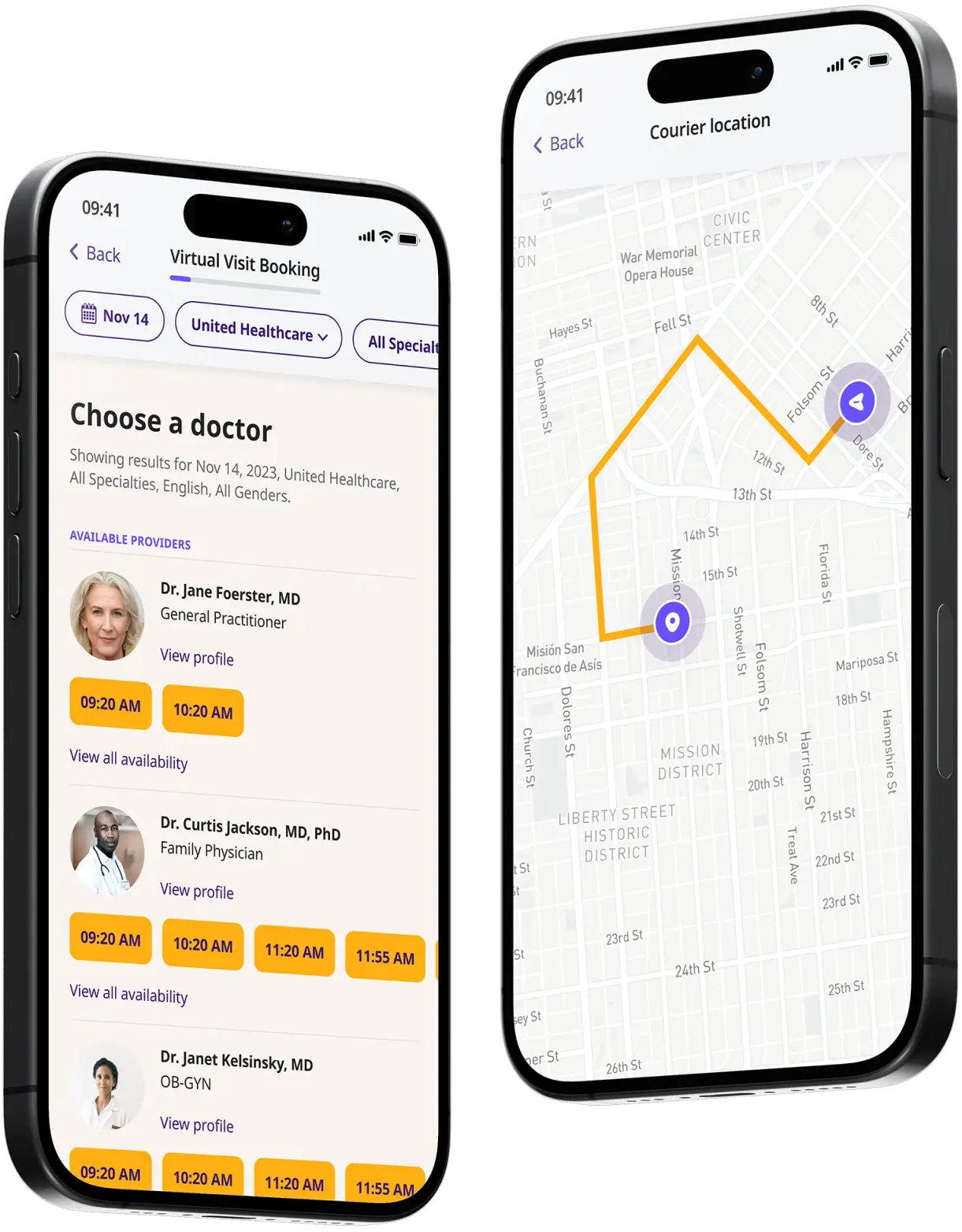Get a Lisinopril Prescription Online
Get a new Lisinopril prescription or refill your medication online.
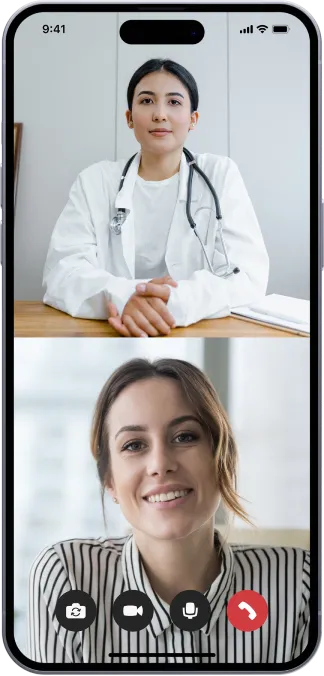
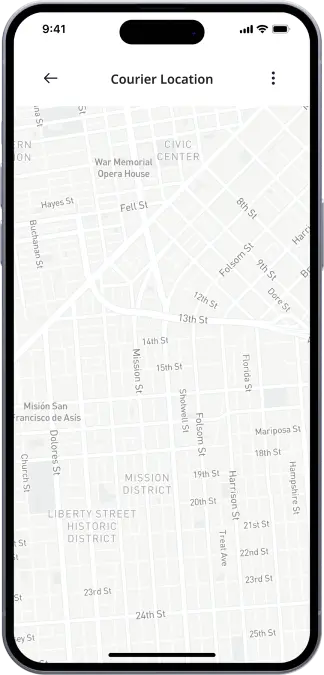
Available in 50 states. Insurance accepted.
Fast
virtual visits
24/7 care
assistants
Prescriptions
as needed



See If Delivery Is Available Near You
Delivery Not Available
Enter your ZIP code to check if prescription delivery is available in your area and how soon your meds could arrive.
How to get started
Choose your doctor, start a virtual visit, and have your prescriptions sent to your preferred pharmacy for pickup — all in just a few easy steps.
Choose a doctor
Choose a physician by availability, specialty, ratings, and more.
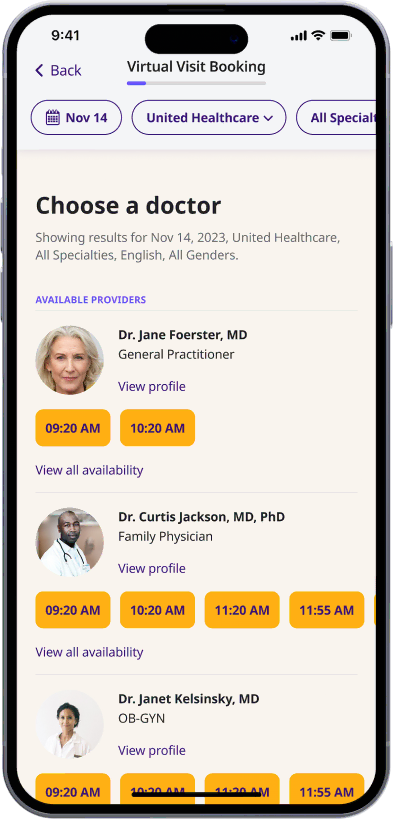
Start a video call
Get connected with a doctor anytime, anywhere.
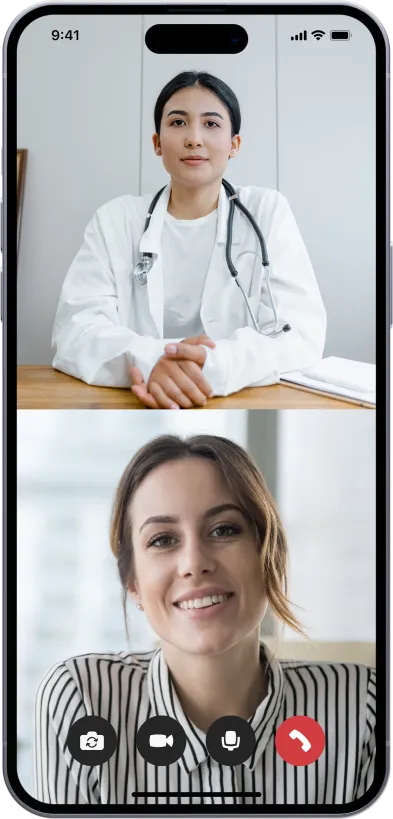
1-Hour Rx Delivery
Your prescription delivered to your door in 1 hour or less.
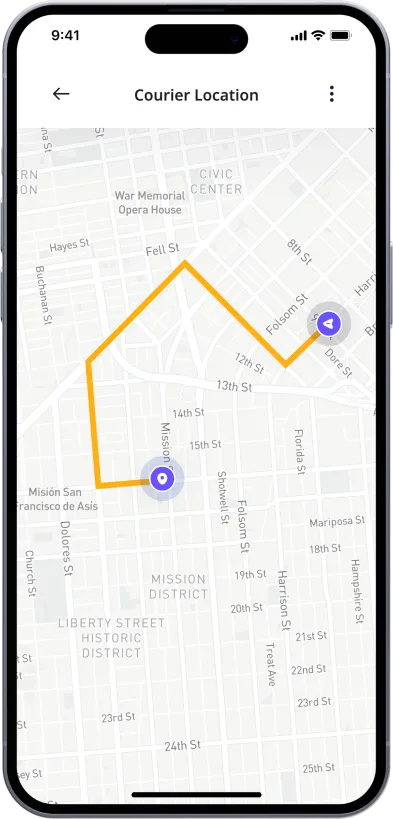
Available in 50 states. Insurance accepted.
One-Time
Physician Visit
One-time visit with a physician for diagnosis, treatment, Rx, labs, referrals, and doctor’s notes.
Accepted Insurances
See why people turn to DrHouse...
As seen in

Lisinopril (Generic Prinivil)
What Is Lisinopril?
Lisinopril is used to manage and treat hypertension (high blood pressure). A doctor may also prescribe it to conditions like heart failure, and kidney disease. It forms part of a family of drugs known as angiotensin-converting enzyme (ACE) inhibitors, which help to widen blood vessels so that a higher volume of blood and oxygen can pass through them and onto the heart.
Lisinopril is the generic name for the drug, often referred to by its brand name, Prinivil. It is also available under other brand names such as Zestril and Qbrelis.
Lisinopril comes in both liquid and tablet form, depending on your prescription. It can be prescribed for several weeks following a heart attack or be a lifelong prescription for hypertension.
How Does Lisinopril Work?
Lisinopril inhibits the ACE enzyme from working, so the body doesn’t signal your blood vessels to tighten. Instead, your blood vessels relax, which means your heart requires less force to push your blood around the body, lowering your blood pressure.
High blood pressure can affect the supply of blood and oxygen to the heart, increasing your risk of a stroke or a heart attack. Lisinopril or Prinivil can help by increasing the heart’s oxygen supply and lowering blood pressure.
Lisinopril may also be prescribed by doctors after a heart attack to help increase blood flow to the heart. After a heart attack, the heart may be damaged or weakened, and Lisinopril can help decrease the risk of further damage or failure by helping blood vessels deliver high volumes of oxygen.
What Is Lisinopril Used For?
Lisinopril is used to treat high blood pressure and heart failure. It can help reduce the likelihood of individuals having another stroke or heart attack. If you have just had a heart attack or are experiencing heart failure, it can increase your survival rate and future life span.
What Are the Side Effects of Lisinopril?
Some common side effects of Lisinopril can include:
- Feeling nauseous, dizzy, or lightheaded
- Headaches or blurry vision
- Being sick
- A dry or tickly cough
- Diarrhea.
If these symptoms persist after a few days, contact your doctor.
If you experience the following extremely rare side effects, contact your doctor or seek medical attention immediately:
- The whites of your eyes or skin turn yellow
- Persistent bleeding from the gums or in your urine
- Swollen ankles
- Sore throat or fever.
You should always ensure you inform your doctor of any food or other allergies before they prescribe you Lisinopril. Your doctor must also know if you are on any other medication.
How to Take Lisinopril?
Lisinopril is usually taken once a day. When you are first prescribed Prinivil, you often take it at night. This is because when you are adjusting to the dose, it might make you feel dizzy at first. After your first dose, you can take it anytime, with or without food.
If you have a liquid Lisinopril prescription, use a syringe to measure this. Your pharmacist should be able to provide you with a syringe or a measuring spoon if you don’t already have one. Your doctor will closely monitor your dosage to ensure it isn’t too high or makes you feel dizzy. Over time, your doctor may gradually raise your prescription until it reaches the correct quantity.
Frequently Asked Questions About Lisinopril
What Is the Main Side Effect of Lisinopril?
The most common side effect of Lisinopril is a dry and tickly persistent cough. The cough can last for a long time and may only subside after the medication has been stopped.
Other common side effects include:
- Dizziness
- Headaches
- Light-headedness
What to Avoid While Taking Lisinopril?
While taking Lisinopril you should avoid the following:
- Alcohol – Drinking alcohol while taking Lisinopril can lower your blood pressure even more and may increase other side effects.
- Potassium supplements and potassium-rich foods- Lisinopril can increase the potassium levels in your blood. Using potassium supplements while taking Lisinopril may cause dangerously high potassium levels.
- Other blood pressure medications – They can intensify the effects of Lisinopril.
- OTC NSAIDs – NSAIDs can reduce the blood pressure-lowering effects of Lisinopril and may also affect your kidney function.
Also, ACE inhibitors like Lisinopril are generally recommended to be avoided in pregnant women, especially in the second and third trimesters, due to the risk of fetal complications.
Note that the list of things to avoid while taking Lisinopril above is non-exclusive and may not include all the potential drug interactions or risks. Be sure to consult with your doctor for a complete list of restrictions before taking Lisinopril.
How Long Does It Take for Lisinopril to Work?
While the exact time it takes for Lisinopril to start working depends on the individual and the condition being treated, ACE inhibitors like Lisinopril usually take some time to start working.
When used for high blood pressure, Lisinopril starts to work within a few hours after taking a dose, with peak blood levels reached within about six hours. But it may take a few weeks for the full effect of Lisinopril to be seen.
Consult with your doctor about how long it will take before you notice any improvement in your condition. They can give you a more accurate estimate based on your individual circumstances and medical history.
What Is the Typical Dosage for Lisinopril?
While the dose of Lisinopril you need depends on several factors, such as your age and the condition being treated, doctors usually prescribe a low starting dose.
For hypertension, the usual starting dose of Lisinopril is 10 mg taken once daily. After a few weeks or months, your doctor may increase the dosage up to 40 mg per day if necessary.
For heart failure, the typical dose of Lisinopril is 5-20 mg taken once daily. Your doctor can adjust this amount depending on how well you tolerate the medication.
Can You Get Lisinopril Over-The-Counter (OTC)?
No, Lisinopril is not available over-the-counter and you will need a prescription from a licensed healthcare provider to get it.
Can You Get a Lisinopril Prescription Online From DrHouse?
Yes, you can get a Lisinopril prescription online from DrHouse if your physician deems it appropriate after reviewing your medical history and assessing your current symptoms and condition during your video consultation.
For more detailed information about lisinopril, you can refer to the following sources:
Related services
Explore more of our services tailored to your needs and discover additional ways we can support your healthcare needs.
Frequently asked questions



